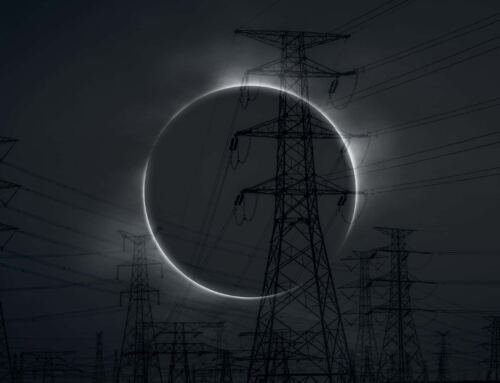Got sun? Then install some solar panels and take advantage of immediate, clean, and cheap energy. As prices continue to drop and clean technologies continue to flourish, 2013 could very well be a watershed year for the solar industry.
Forecast: Sunny, With a Chance of Grid Parity
The solar industry, along with most other sectors of the economy, took quite a hit during the global downturn. The solar industry was particularly hit by an ill-timed (or perhaps perfectly timed) escalation in the PV module and solar cell trade war between U.S. companies and Chinese firms backed by generous government subsidies.
This combined with competition from overseas put several high-profile ventures out of commission, while choking out numerous smaller outfits. But despite the general hardships in many circles, the solar industry not only got leaner, but also grew an astonishing 76 percent in 2012. As it turns out, the hardships were actually good news for both consumers and the industry as a whole as low PV prices continue to make solar energy more competitive nationwide.
So competitive, in fact, that the Deutsche Bank released a report calling 2013 an “inflection point”, the beginning of the grid parity era. The report predicts that the number of markets where solar is at grid parity will double over the next 3 to 5 years.
Collision Course
Navigant Research, a cleantech market research and consulting firm, has identified several growing solar trends that are converging towards grid parity. Many new utility-scale solar PV plants are finally coming online. The Ivanpah Solar Electric Generating System in the Mojave Desert, is the largest solar thermal plant under construction in the world boasting nearly 400 megawatts.
Meanwhile, lower solar cell prices, which have fallen from $1.46 dollars in 2010 to a measly 41 cents today, have made solar systems affordable for new markets. Photovoltaic watts will continue to be commoditized as costs fall and research paves the way for new technological breakthroughs.
Navigant believes that by 2017, the solar energy sector is expected to hold its own without subsidies. In 2020 solar energy will be competitive throughout the majority of the world.
Got Sun?
Of course, residents in many areas of the United States need not wait until then to invest in a solar panel system for their own residential needs. In fact, while the natural gas fracking boom of recent times initially seemed to validate the notion that cheap gas-based electricity would be here to stay, the market reality reflects something quite different.
Utilities that run on gas have reported fuel cost rises between 40 to 60 percent. Some states such as California have seen a 60 percent increase in wholesale prices in the first half of 2013 alone which could help explain why solar continues to perform strongly in that market. The Golden State installed over 1,000MW of capacity in 2012 alone. As prices of solar modules continue to decline, and the hard costs of fossil fuels inexorably rise, more and more Americans will adopt solar systems for primary and complementary generation in competition with conventional grid power.
Better yet, the rise of vibrant and viable alternative energy industries, of which solar is the most prominent, is great news for America. Solar alone constituted nearly 120,000 jobs in 2012 and grew by 13.2 percent, while the overall economy grew just 2.3 percent. That means that 1 in 230 jobs created nationally were created in the solar sector alone. That figure is expected to continue to grow by leaps and bounds in line with the industry as a whole.
2013: Watershed Year?
The analysts at Deutsche Bank seem to think 2013 is the year solar energy starts to come of age, and there is much evidence to support their claims. Solar panels have sprouted on rooftops across the nation, including even the roof of White House. The rise in prominence of distributed solar has even prompted what some industry analysts have termed a fight for survival between big utilities and the flourishing distributed solar sector.
Utilities see solar as an existential threat, whose growth directly threatens the status quo. All signs point to the inevitability of solar becoming a major energy sector in its own right.
2013 could be the year that historians look back at as the pivotal point in history when solar became more than a green pipe dream and a reality affordable for most Americans. What lies behind us is a long process of maturation that began with the invention of the first solar panel in New Jersey by Bell Laboratories. What lies before us is a future of widespread adoption. With solar teetering on the brink of mainstream adoption, the question isn’t if there will be a new energy era, but when.
At some point, the question may simply be: Got sun? And if you do, then use it!
Learn more about employing solar power today with a Native free site assessment.
Got Sun
Got Sun Got Sun Got Sun Got Sun Got Sun Got Sun Got Sun
































Good read Mr. Lee..thanks